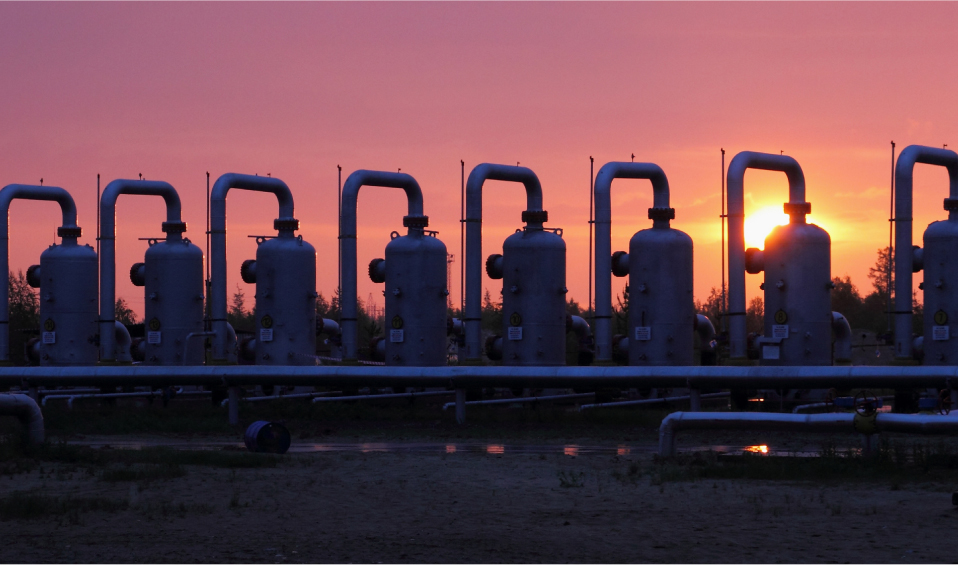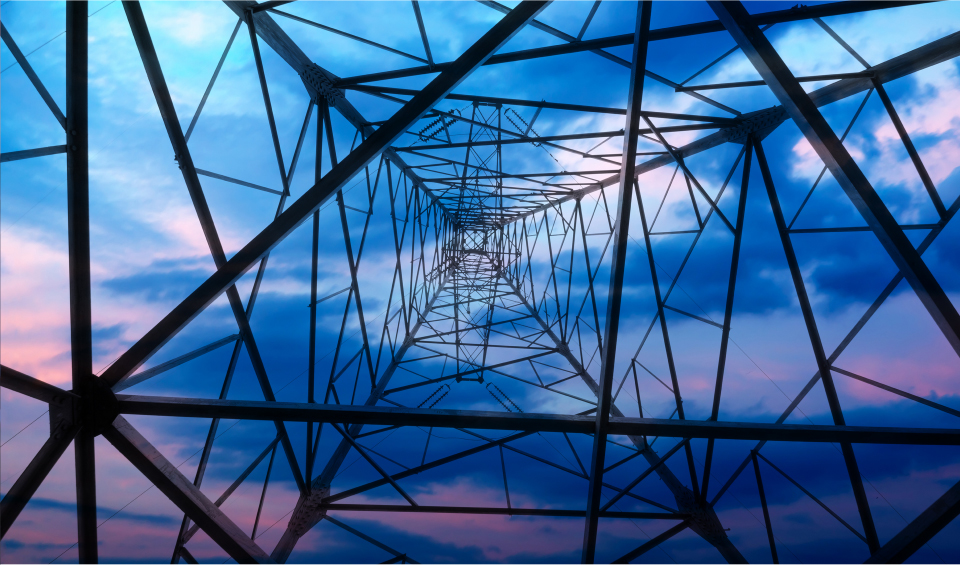
Thanks to ESCP Business School's Energy Management Centre wide network in the academic and business communities, our views on energy news give you comprehensive insight into energy issues.
Please join us...
In Japan, a Feed-in Tariff (FIT) scheme (the Act on Special Measures Concerning the Procurement of Renewable Energy by Electricity Utilities) was introduced in June 2012 to promote use of electricity from renewable energy sources (RES). The FIT is a major scheme for promoting RES electricity, which has been introduced in European countries including Germany, Spain, and the UK. Following these experiences, RES electricity has been smoothly increasing in Japan, particularly photovoltaics (PV). After the scheme was enforced, 2.4 GW of residential PV and 8.5 GW of non-residential PV have been newly introduced, which occupies 98% of the total newly introduced RES electricity (11.1 GW, as of June 2014). It is due to higher tariff for PV facilities (JPY 37/kWh for residential and JPY 32/kWh for non-residential in 2014) and its shorter lead time compared to other RES facilities. Because its power generation is fluctuated by weather conditions, connecting a large amount of PV to the power grid can cause a problem to balance supply and demand of electricity. In the FIT scheme, there are terms that the electricity companies can refuse to purchase and connect RES electricity under certain conditions. Priority connection of RES electricity is ensured in Europe, while it is not in Japan.
The UK's Coalition Government ran a "public consultation" between May and August, 2014, on a proposal designed to simplify existing procedures for underground access intended to exploit oil, gas or geothermal resources. Behind the initiative was a desire to facilitate hydraulic fracturing ("fracking") for gas and oil in the UK, where existing procedures (especially the capacity of landowners to block access) are considered costly and time-consuming. The resulting report from the Department of Energy & Climate Change: "Underground Drilling Access: Government Response to the Consultation …" was published on September 25th. The Report has aroused several concerns.
The Report makes it clear that the main focus is on freeing up access to gas and oil which may be located over 300 metres below surface level. Over 99% of respondents opposed the proposal, and most of these came from those who object to shale gas exploration, recovery and use because they oppose the avoidable use of fossil fuels; and supported campaigns to block it. Their views were set aside primarily because they did not address the consultation questions. Even for someone like myself, who supports shale gas exploration and recovery through fracking in principle, provided clear safeguards and compensatory mechanisms are in place in case something goes wrong, there was something disturbing about the effective dismissal of such a large body of opinion. The fact that most of this opposition came from those who appear immune to what the former Secretary of State at the Department of the Environment, Owen Paterson, has referred to as "the intense public dissatisfaction with heavily subsidized renewable energy technologies, in particular onshore wind" does not entirely eradicate this concern.




527 Finchley Road
London NW3 7BG
United Kingdom
Tel: +44 (0)20 7443 8800
Fax: +44 (0)20 7443 8845
E-mail: [email protected]










